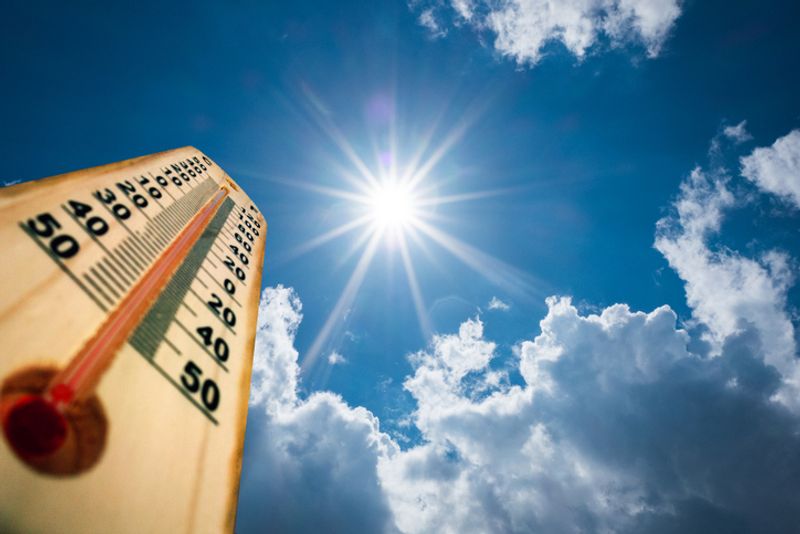This summer in Punjab began with a punishing heatwave —- temperatures crossed 45°C in Amritsar and Ludhiana. Hospitals reported a rise in heat-related illness. Climate change is altering the risk landscape, especially for a state that has long underpinned India’s food security. Yet, the drivers of this shift are not limited to carbon dioxide. A class of pollutants known as short-lived climate pollutants (SLCPs) — principally black carbon, methane, and tropospheric ozone — play an outsized role in near-term warming.
A recent joint report by the Punjab State Council for Science and Technology, TERI and the Institute for Governance and Sustainable Development lays out the case. Punjab’s agriculture, transport, industry, livestock and waste sectors are the main emitters of SLCPs. Methane from paddy fields and livestock alone accounts for 65 per cent of the methane emissions. The waste sector adds further pressure through landfills and open burning.
These emissions don’t just harm the climate, they damage crops, intensify urban heat and impose a health burden. Between 2010 and 2023, the state recorded 128 heatwave days. Projections suggest crop yield reductions of up to 13 per cent for maize, 6 per cent for wheat, and 2 per cent for paddy. In 2024, all nine monitored cities in Punjab exceeded national standards for particulate matter. A 2019 study by the Centre for Science and Environment attributed 41,000 premature deaths to air pollution, with economic losses estimated at 1.49 per cent of the GDP.
Yet, the policy response is not starting from zero. Punjab’s Climate Action Plan outlines tangible benefits of SLCP mitigation. The state aims to eliminate stubble burning by 2030. A revised EV policy targets 25 per cent e-vehicle registrations by 2027. Industrial policies encourage a shift from petroleum coke and coal to natural gas. LPG adoption in households is growing. Cross-sectoral efforts — a mandated 20 per cent coal replacement with paddy straw pellets in brick kilns — are underway.
Still, agriculture and livestock remain at the heart of the challenge. These sectors support livelihoods, food security and Punjab’s agrarian identity. Nearly 60 of the state’s 150 agricultural blocks extract groundwater at more than twice the sustainable rate. Tubewells that enable this overuse are heavily subsidised, escalating both fiscal and environmental costs. Methane emissions from these practices are considerable.
The report proposes a shift to Direct Seeded Rice (DSR), which uses less water and emits less methane and diversification away from paddy sible. For livestock, improved breed composition and wider access to protein-rich fodder could reduce methane intensity by 52 per cent by 2047.
In the transport sector, phased vehicle scrappage and EV adoption could cut black carbon and nitrogen oxides by over 30 per cent. In industry, transitioning to natural gas and renewable fuels could lower pollutants by up to 80 per cent. In the residential sector, LPG expansion can nearly eliminate SLCPs from cooking. Waste management is another major lever. Closing landfills, reducing open burning and processing segregated waste by composting, anaerobic digestion and recycling can reduce methane emissions.
One of the report’s key contributions is that it quantifies current emissions, models trajectories under different interventions and shows how existing policies — if fully implemented — can deliver major gains. Unlike carbon dioxide, which lingers for centuries, cutting methane and black carbon delivers benefits within years. Punjab’s approach has lessons for other states.
Heatwaves are not going away. The key is to act before the costs of adaptation outstrip the benefits of mitigation. Punjab, with its data, is well-placed to lead that shift.
